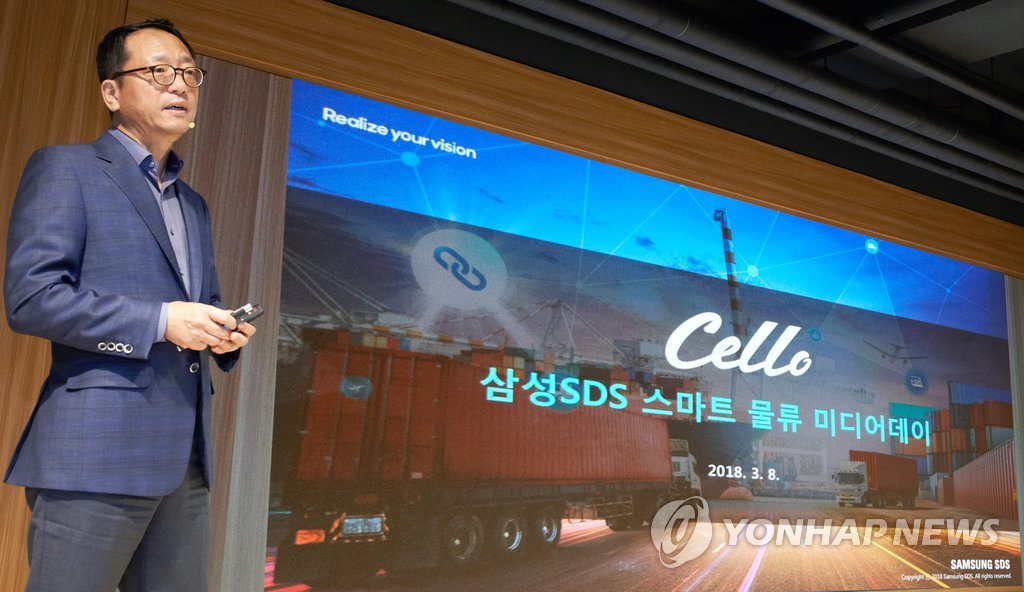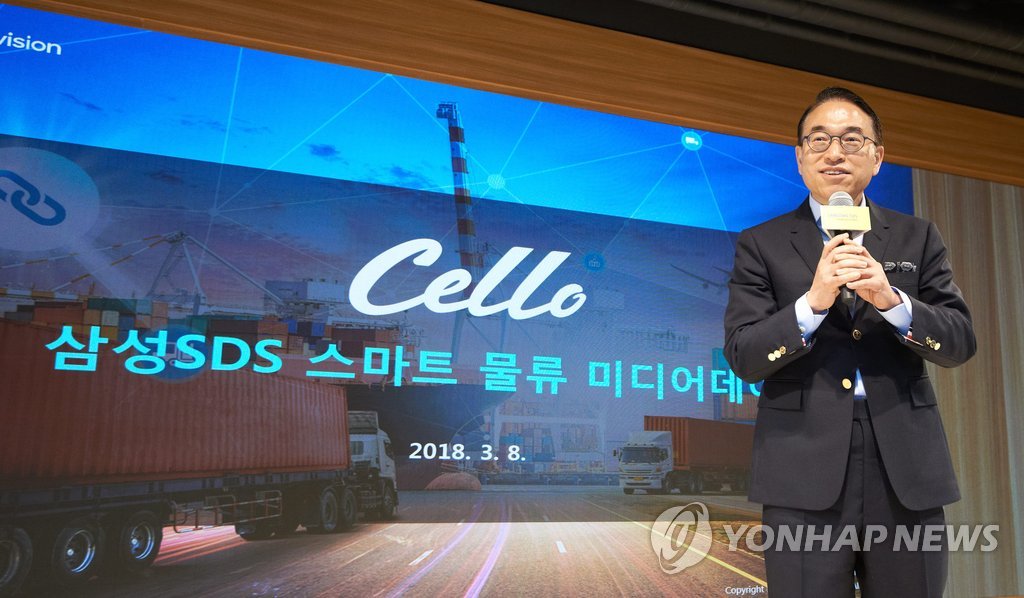Gartner Announces Rankings of the 2018 Supply Chain Top 25
Reference: https://www.gartner.com/newsroom/id/3875563
Unilever Defends Top Position, McDonald's Joins the "Masters" Category
Gartner, Inc. has released the results of its annual Supply Chain Top 25, identifying supply chain leaders and highlighting their best practices. Analysts announced the results at the Gartner Supply Chain Executive Conference, which is being held this week at the JW Marriott Desert Ridge Resort and Spa in Phoenix, AZ.
"2018 is the 14th consecutive year, we are publishing the Supply Chain Top 25 ranking," said Stan Aronow, research vice president at Gartner. "The ranking consists of an impressive group of leaders with valuable lessons to share, including three recent entrants from the life sciences, retail and consumer products sectors.
"Looking back at 2017, we experienced a year of healthy growth, despite heated trade rhetoric," said Mr. Aronow. "Now, in 2018, protectionism is spreading in response to announced moves by the U.S. and the U.K., among others. This has led many organizations to re-evaluate the location strategy for their supply networks. We also see strong growth constraining available supply in many geographies, increasing the cost of logistics and labor. The most advanced supply chains are proactively managing these risks and continue to post solid performances."
Unilever scored the top spot for the third year in a row, followed by Inditex, Cisco, Colgate-Palmolive and Intel (see Table 1). Home Depot rejoined the ranking after a three-year hiatus, while Novo Nordisk and Adidas joined the Supply Chain Top 25 for the first time.
"Unilever has a strong supply chain brand, which is reflected by its top-tier opinion poll score. It also received a perfect 10 for corporate social responsibility (CSR)," said Mr. Aronow. "The Dutch consumer products leader is making big bets in the digitization of its supply chain. A key initiative is robotic process automation (RPA) supporting the order-to-cash process, run from its regional service control towers. Its more than 20 'bots' have already automated hundreds of processes, with a roadmap for hundreds more."
Longtime supply chain leader and last year's runner-up McDonald's joined Apple, P&G and Amazon in qualifying for the "Masters" category, which Gartner introduced in 2015 to recognize sustained leadership over the last 10 years.
"The key to McDonald's success is skillful orchestration across a network of strategic suppliers, service providers and thousands of companies and franchise-owned stores worldwide," said Mr. Aronow. "The company is also experimenting with digital supply chain capabilities like augmented reality to manage storerooms, so staff can spend more time with the customer.
Along with the "Masters" category, the Supply Chain Top 25 continues to offer a platform for insights, learning, debate and contributions to the rising influence of supply chain practices on the global economy.
Table 1. The Gartner Supply Chain Top 25 for 2018
Rank | Company | Peer Opinion1
(184 voters)
(25%) | Gartner Opinion1
(42
voters)
(25%) | Three-
Year Weighted ROA2
(20%) | Inventory Turns3
(10%) | Three-
Year Weighted Revenue Growth4
(10%) | CSR Component Score5
(10%) | Composite Score6 |
1 | Unilever | 2,413 | 667 | 10.3% | 7.5 | 2.6% | 10.00 | 6.36 |
2 | Inditex | 1,254 | 345 | 16.5% | 3.9 | 10.9% | 10.00 | 4.85 |
3 | Cisco Systems | 785 | 541 | 7.9% | 13.1 | -0.4% | 10.00 | 4.41 |
4 | Colgate-Palmolive | 898 | 324 | 17.6% | 5.1 | -2.2% | 10.00 | 4.40 |
5 | Intel | 831 | 499 | 8.9% | 3.6 | 4.8% | 10.00 | 4.36 |
6 | Nike | 1,349 | 270 | 17.4% | 3.8 | 6.8% | 6.00 | 4.25 |
7 | Nestlé | 1,326 | 426 | 6.4% | 4.8 | -0.2% | 10.00 | 4.21 |
8 | PepsiCo | 1,094 | 391 | 7.3% | 8.8 | -0,6% | 10.00 | 3.99 |
9 | H&M | 760 | 193 | 18.1% | 2.8 | 7.8% | 10.00 | 3.96 |
10 | Starbucks | 1,040 | 186 | 20.4% | 11.8 | 9.2% | 4.00 | 3.85 |
11 | 3M | 783 | 198 | 14.0% | 4.1 | 1.4% | 10.00 | 3.56 |
12 | Schneider Electric | 737 | 410 | 4.8% | 5.2 | -0.5% | 10.00 | 3.55 |
13 | Novo Nordisk | 121 | 49 | 37.9% | 1.2 | 5.3% | 10.00 | 3.37 |
14 | HP Inc. | 390 | 354 | 7.3% | 8.4 | 0.2% | 10.00 | 3.30 |
15 | L’Oréal | 999 | 210 | 9.6% | 2.9 | 4.6% | 8.00 | 3.26 |
16 | Diageo | 651 | 227 | 9.2% | 1.0 | 7.6% | 10.00 | 3.25 |
17 | Samsung Electronics | 907 | 117 | 10.7% | 14.6 | 9.8% | 9.00 | 3.22 |
18 | Johnson & Johnson | 880 | 322 | 6.2% | 2.7 | 2.8% | 6.00 | 3.08 |
19 | BASF | 470 | 281 | 6.9% | 4.4 | -0.5% | 10.00 | 3.02 |
20 | Walmart | 1,416 | 256 | 6.2% | 8.3 | 1.6% | 3.00 | 2.98 |
21 | Kimberly-Clark | 619 | 133 | 13.6% | 6.7 | -1.6% | 8.00 | 2.96 |
22 | The Coca Cola Co. | 1,558 | 221 | 4.6% | 4.8 | -10.1% | 4.00 | 2.87 |
23 | Home Depot | 431 | 78 | 18.6% | 5.1 | 6.7% | 5.00 | 2.81 |
24 | Adidas | 821 | 115 | 6.8% | 2.9 | 13.5% | 7.00 | 2.58 |
25 | BMW | 679 | 118 | 4.1% | 4.2 | 6.0% | 10.00 | 2.45 |
Notes:
1. Gartner Opinion and Peer Opinion: Based on each panel's forced-rank ordering against the definition of "DDVN orchestrator."
2. ROA: (2017 net income/2017 total assets)*50% + (2016 net income/2016 total assets)*30% + (2015 net income/2015 total assets)*20%.
3. Inventory Turns: 2017 cost of goods sold/2017 quarterly average inventory.
4. Revenue Growth: (Change in revenue 2017-2016)*50% + (change in revenue 2016-2015)*30% + (change in revenue 2015-2014)*20%.
5. CSR Component Score: Index of third-party corporate social responsibility measures of commitment, transparency and performance.
6. Composite Score: (Peer Opinion*25%) + (Gartner Research Opinion*25%) + (ROA*20%) + (Inventory Turns*10%) + (Revenue Growth*10%) + (CSR Component Score*10%).
2017 data used where available. Where unavailable, latest available full-year data used. All raw data normalized to a 10-point scale prior to composite calculation. "Ranks" for tied composite scores are determined using next decimal point comparison.
Source: Gartner (May 2018)
Three key trends stand out this year for supply chain leaders that are accelerating their capabilities, separating them further from the rest of the pack.
Focus on Customer Experience
Gartner defines the customer experience (CX) as the customer's perceptions and related feelings caused by the one-off and cumulative effect of interactions with a supplier's employees, channels, systems and products. Companies recognize that their customers are heavily influenced by their supply chain experience— a late delivery disappoints, an expedited delivery delights.
"Many leading supply chains are using digital connections with customers to better understand their use of products, predict future demand and more quickly respond to issues, even before they appear," said Mr. Aronow.
Scaling Digital Supply Chain Capabilities
After a first round of experiments, leading companies are scaling the most viable digital supply chain solutions in factories, warehouses and corporate back offices. While automation is most common in manufacturing and logistics, there has also been an explosion in digital customer service. This includes RPA in the order-to-cash cycle and the use of trained artificial intelligence (AI) customer service chatbotsthat customers may mistake for a human, due to their use of natural language.
Moving to Circular Supply Chain Designs
Leading companies have changed their mindset when it comes to environmental sustainability. Advanced supply chains now take a life cycle-based approach to understand the total impact of products and operations across the value chain.
"There are many reasons why companies are pursuing these so-called 'circular economy' strategies," said Mr. Aronow. "We often see an altruistic desire to do what's best for the environment and society, combined with a commercial desire for continued differentiation in competitive markets. As a result, some companies are now recycling and repurposing old parts in new products and extending the life cycle of existing equipment, as part of broader circular business strategies."
Gartner clients can read more in "The Gartner Supply Chain Top 25 for 2018."
About the Gartner Supply Chain Top 25
The Supply Chain Top 25 rankings comprise two main components: business performance and opinion. Business performance in the form of public financial and CSR data provides a view into how companies have performed in the past, while the opinion component offers an eye to future potential and reflects leadership in the supply chain community. These two components are combined into a total composite score.
Gartner analysts derive a master list of companies from a combination of the Fortune Global 500 and the Forbes Global 2000. In an effort to maintain the list of companies evaluated at a manageable level, a general annual revenue threshold of $12 billion has been applied.
About Gartner Supply Chain Executive Conference
Gartner analysts are providing additional analysis and information on supply chain trends at the Gartner Supply Chain Executive Conferences taking place through today in Phoenix and September 23-25 in London. Follow news and updates from the events on social media using #GartnerSCC.
Contacts



![삼성SDS [연합뉴스 자료사진]](http://img.yonhapnews.co.kr/photo/cms/2016/04/02/01/C0A8CA3C00000153D5AE7F3200027C22_P4.jpeg)